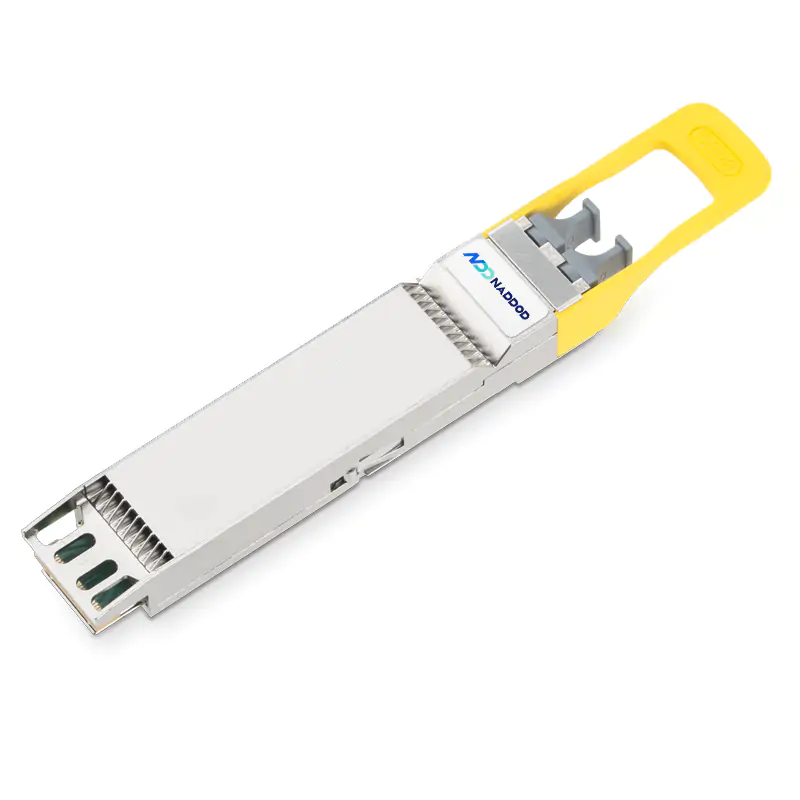Find the best fit for your network needs

share:
 800GBASE-2xSR4 OSFP PAM4 850nm 50m MMF Module
800GBASE-2xSR4 OSFP PAM4 850nm 50m MMF ModuleLearn More
Popular
- 1What are the Differences between Layer 2, Layer 3, and Layer 4 Switches?
- 2400G Optical Transceiver Based on PAM4 Modulation
- 3Optical Transceivers and Artificial Intelligence: Jointly Creating an Intelligent Era
- 4The Key Role of High-quality Optical Transceivers in AI Networks
- 5Common Problems While Using Optical Transceivers in AI Clusters

















































